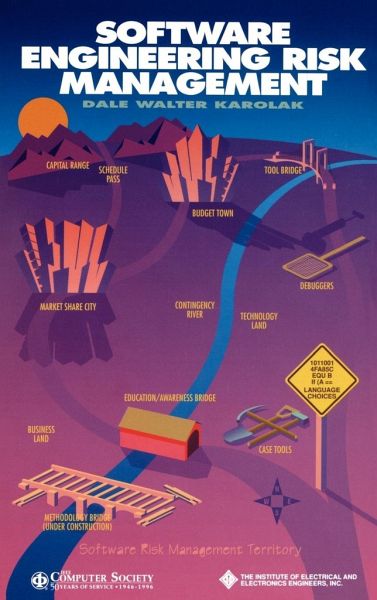
Software Engineering Risk Management
Versandkostenfrei!
Versandfertig in über 4 Wochen
102,99 €
inkl. MwSt.

PAYBACK Punkte
51 °P sammeln!
This book explores software and risk management both from a technology and a business perspective. Dale Karolak approaches software development from a just-in-time viewpoint and presents strategies that you can use to implement and plan software projects in a cost-effective and timely manner. This book discusses vital issues and, in particular, their costs, schedules, technical performance, and risk-based approaches for software development. It is especially designed to assist those who manage software development projects. The book provides * A significant discussion of software risk issues p...
This book explores software and risk management both from a technology and a business perspective. Dale Karolak approaches software development from a just-in-time viewpoint and presents strategies that you can use to implement and plan software projects in a cost-effective and timely manner. This book discusses vital issues and, in particular, their costs, schedules, technical performance, and risk-based approaches for software development. It is especially designed to assist those who manage software development projects. The book provides * A significant discussion of software risk issues pertaining to technical performance, costs, and schedules * Metrics and several models for measuring and predicting risk * Information supported by actual proven case studies derived from the author's experience * Many different concepts, strategies, and tools that can make the management of your next software development project less of a guess and more predictable














